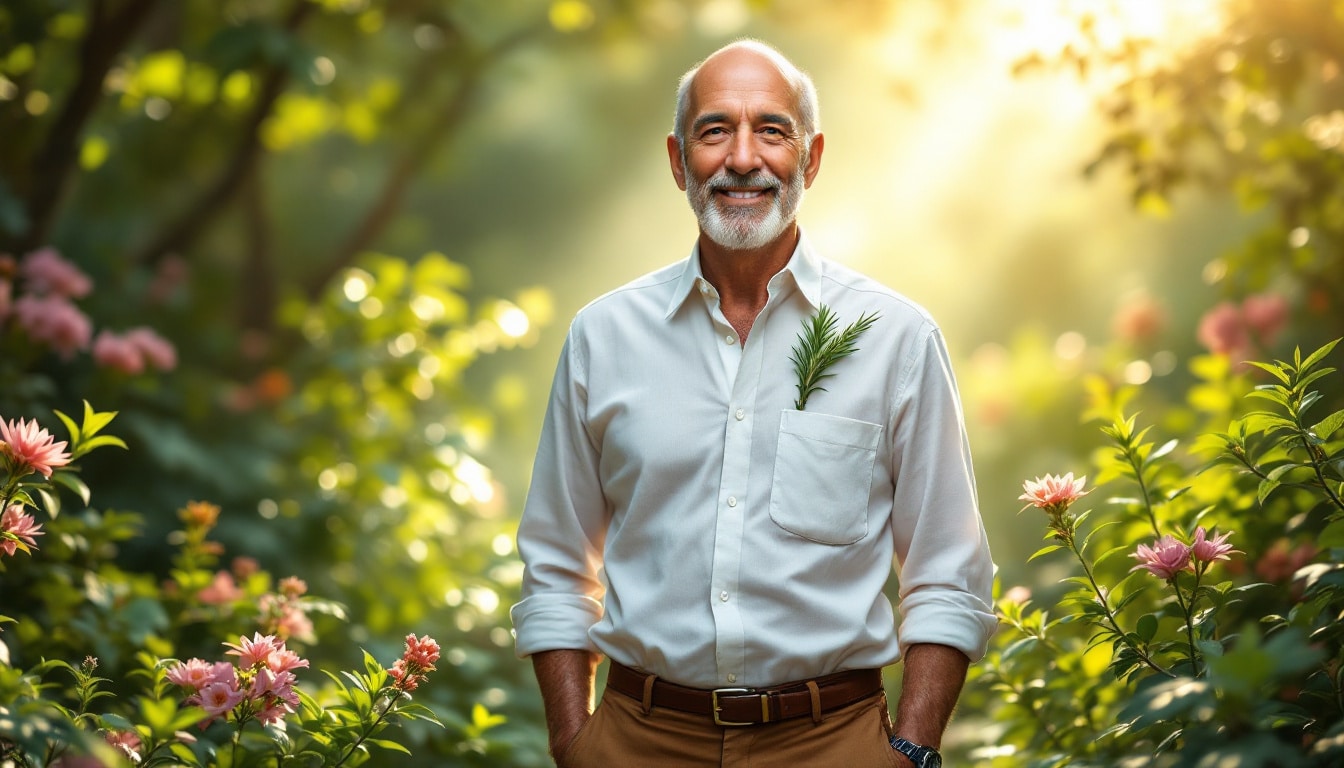As the years accumulate, the intricate dance between aging and cancer unfolds, revealing fascinating insights into biological transformations. The natural ebb and flow of time bring about changes within the immune system that impact its ability to thwart the advancement of precancerous cells. Simultaneously, mutational damage escalates, increasing the likelihood of malignant mutations. Within this aging symphony, senescent cells release their pro-growth, pro-inflammatory secrets, making their surrounding tissues fertile grounds for cancerous growth. As researchers delve deeper into the lush tapestry of aging and cancer, the connections between the aging process and cancer progression become ever more compelling, painting a vivid picture of intertwined biological narratives.
Aging is fundamentally intertwined with cancer progression. As we age, the immune system becomes less efficient at halting the march of precancerous cells into full-blown cancer. This inefficiency is compounded by an increase in mutational damage, raising the likelihood of carcinogenic mutations. Additionally, persistent senescent cells produce pro-growth and pro-inflammatory elements that create an environment conducive to cancerous cell growth. The aging process not only doubles the risk of developing cancer but also alters the behavior of cancer cells and the disease’s progression. Thus, understanding the intricate relationship between aging mechanisms and cancer progression is imperative for developing effective therapies tailored to older patients.

Table of Contents
Togglehow aging impacts cancer cell behavior
Aging is a relentless process that significantly reshapes the biological landscape, including altering the fundamental behavior of cancer cells. As the body ages, there is a notable decline in the ability of the immune system to fend off precancerous cells. This decline fosters a more conducive environment for mutational damage, leading to a cascade of cellular transformations favoring cancer progression. Senescent cells, which persist longer in aging tissues, become factories of pro-inflammatory and pro-growth signals. These signals create a nurturing environment for cancerous cells to thrive and expand, accelerating their disruptive journey in the host organism.
the interplay of the aging immune system and cancer therapies
The aging of the immune system introduces a complex dynamic in how the body interacts with cancerous growths and responds to treatments. Immunotherapies are increasingly becoming the weapon of choice against cancer, yet their effectiveness is intricately linked to the state of the immune system. For older patients, where immune function decline is more pronounced, the adaptability of therapies such as checkpoint inhibitors and CAR-T cell therapy is critical. The challenge lies in tailoring these advanced treatments to leverage residual immune capabilities while minimizing adverse effects. As the immune backdrop evolves with age, it undergoes shifts in cell populations like CD8+ T cells and myeloid cells, compounding the challenge of effective cancer treatment design.
The role of comorbidities and biological responses to aging
Aging is often accompanied by the emergence of comorbidities, which exert additional pressures on the body’s physiological mechanisms and affect the pathophysiology of cancer. These conditions, which range from metabolic syndromes to cardiovascular diseases, share inflammatory pathways that can exacerbate cancer’s aggressive tendencies. Moreover, as senescent cells accumulate, their presence not only promotes inflammation but also impacts the tumor microenvironment, setting the stage for altered treatment responses. Understanding the relationship between comorbidity-induced stressors and cancer cell survival strategies is instrumental in guiding clinicians towards comprehensive and patient-specific treatment plans.





